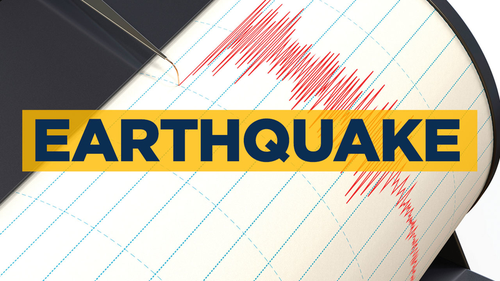Moscow: A massive 7.4-magnitude earthquake struck near the east coast of Russia’s Kamchatka region Saturday, prompting a tsunami warning.
According to the US Geological Survey (USGS), the tremor hit 111 kilometres (69 miles) east of the Russian city of Petropavlovsk-Kamchatsky, the administrative centre of the Kamchatka region, at a depth of 39.5 km.
Following the earthquake, local authorities of the Kamchatka territory issued a tsunami threat.
“The threat of a tsunami has been declared. We ask you to be especially careful when visiting the Khalaktyr beach and other tsunami-dangerous areas, ” the governor of the Kamchatka Territory, Vladimir Solodov, wrote on his Telegram channel.
The governor advised residents to stay calm and follow updates from official sources.
Meanwhile, citing the Japan Meteorological Agency, the Japanese media outlet NHK World reported that the quake in Kamchatka may cause minor tidal fluctuations along Japan’s coast, but there is no risk of damage from the tremor in the country.”
The earthquake was part of a series of aftershocks following a powerful 8.8 magnitude tremor that struck Kamchatka July 30, Russian state-run news agency Ria Novosti reported.
The powerful tremor in July also triggered a tsunami alert across parts of the Pacific Ocean, with the USGS warning that destructive tsunami waves could impact coastal areas of Russia and Japan within three hours of the earthquake.
The earthquake was recorded at a relatively shallow depth of 19.3 kilometres (12 miles), which increased the likelihood of significant surface-level shaking and potential tsunami waves.
Coastal residents in the affected regions have been urged to move to higher ground and follow local emergency protocols.
In the immediate aftermath, numerous videos emerged on social media platforms showing the intense shaking caused by the earthquake.
A few videos showed furniture rattling violently, while others displayed scenes of panic and structural damage in buildings across the Kamchatka region. Local reports suggest damage to infrastructure, though full assessments are still underway.
The quake struck near Avacha Bay, a region known for its seismic activity due to its location along the Pacific Ring of Fire, one of the world’s most active tectonic zones.
